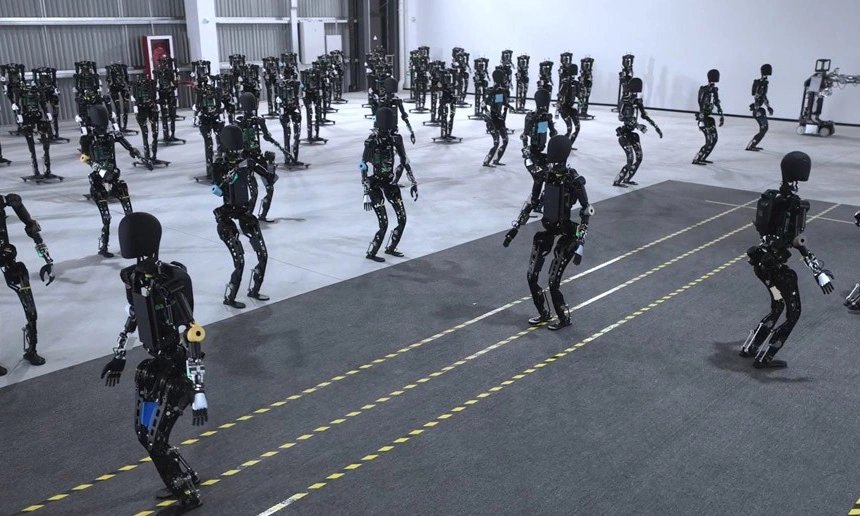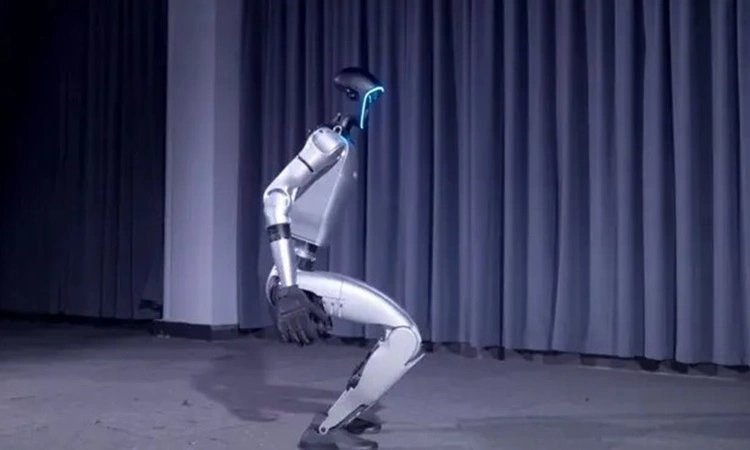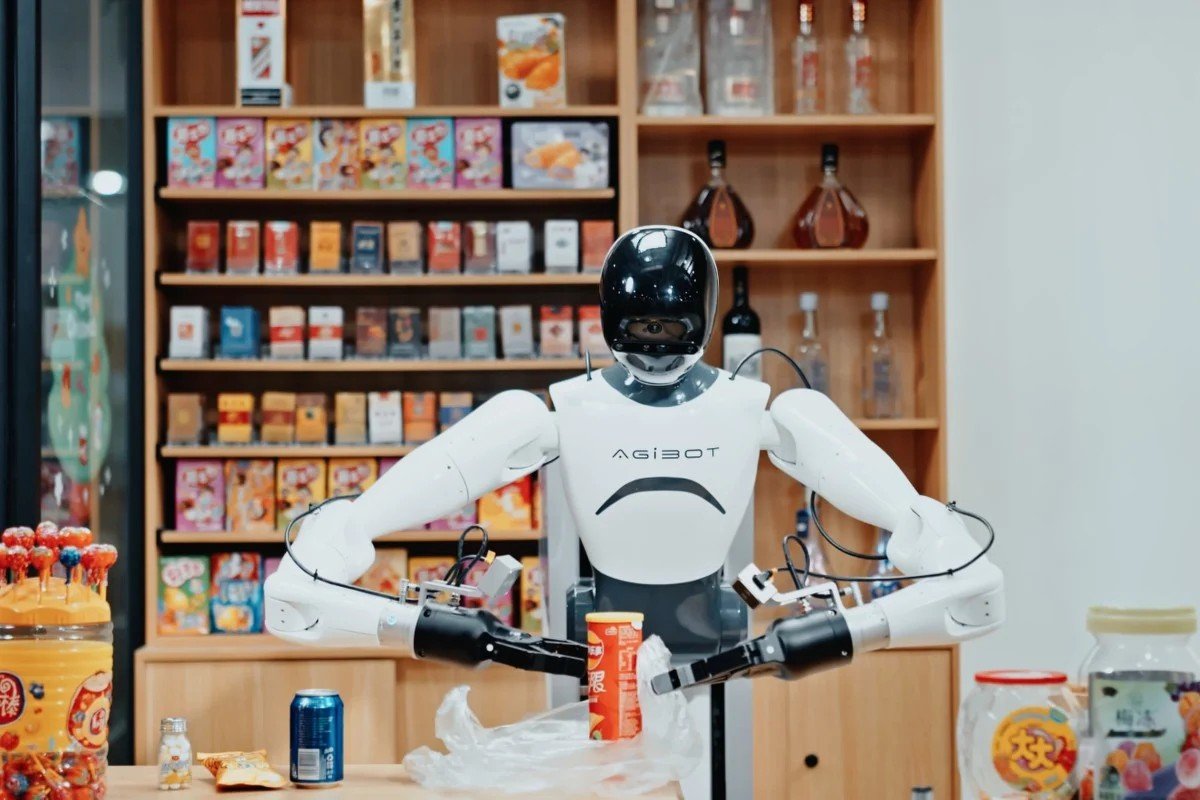The race to develop advanced humanoid robots is heating up, and China is emerging as a key player. A Chinese startup specializing in humanoid robots has set its sights on catching up with tech visionary Elon Musk, who is spearheading efforts in AI-driven robotics through Tesla’s Optimus project. With ambitious goals and substantial investments, this startup aims to revolutionize the industry, bridging the gap between artificial intelligence and real-world applications.
## The Rise of Humanoid Robots in China

China has long been at the forefront of technological advancements, and humanoid robotics is no exception. As the country pushes for AI-driven innovation, companies are investing heavily in robotics to address workforce shortages and automation needs across various industries. The government’s commitment to AI development, coupled with growing private-sector interest, has paved the way for homegrown robotics firms to challenge global giants.
The startup in question has gained significant traction with its cutting-edge humanoid robot prototypes. These robots are designed to perform human-like tasks efficiently, from assisting in manufacturing and logistics to providing customer service and elderly care. By leveraging AI, machine learning, and advanced materials, the company aims to create robots that can seamlessly integrate into human environments.
## Competing with Elon Musk’s Optimus

Elon Musk has been vocal about his vision for humanoid robots, particularly Tesla’s Optimus project. The Optimus bot is being designed to take over repetitive and dangerous tasks, reducing the need for human labor in various sectors. Tesla’s AI-driven approach combines neural networks, computer vision, and robotics, making it a formidable competitor in the humanoid robotics market.
Recognizing the potential of this emerging field, the Chinese startup is accelerating its research and development efforts. The company is focusing on several key areas to match and surpass Tesla’s Optimus:
1. **AI-Powered Autonomy** – The startup is working on an advanced AI system that allows its humanoid robots to learn, adapt, and interact with humans intuitively.
2. **Hardware Innovation** – By utilizing lightweight materials and efficient actuators, the company aims to enhance the robots’ agility and durability.
3. **Affordability and Mass Production** – Unlike Tesla, which initially targets high-end markets, the Chinese firm is exploring cost-effective solutions to make humanoid robots accessible to businesses of all sizes.
## Challenges and Opportunities
### Challenges
1. **Technological Barriers** – Developing a fully functional humanoid robot requires breakthroughs in AI, battery efficiency, and mechanical dexterity.
2. **Global Competition** – The startup faces stiff competition not only from Tesla but also from companies like Boston Dynamics, Agility Robotics, and other global innovators.
3. **Regulatory and Ethical Concerns** – Governments worldwide are implementing regulations to govern AI and robotics, which could impact the commercialization and deployment of humanoid robots.

### Opportunities
1. **China’s AI Strategy** – The Chinese government’s aggressive AI policies and funding provide a favorable environment for startups.
2. **Labor Shortages** – Many industries in China and globally are facing labor shortages, increasing demand for automation and robotic solutions.
3. **Integration with Smart Cities** – Humanoid robots can play a crucial role in China’s smart city initiatives, assisting in healthcare, security, and public services.
## The Future of Humanoid Robotics
The future of humanoid robots lies in their ability to enhance productivity, improve quality of life, and create new economic opportunities. As AI technology advances, we can expect more sophisticated robots capable of performing complex tasks autonomously.
For this Chinese startup, the goal is not just to catch up with Elon Musk but to redefine the humanoid robotics landscape. With strong government backing, technological expertise, and an expanding market, the company has a promising future in the global AI race.

## Conclusion
The competition between Tesla’s Optimus and China’s humanoid robot startups marks a significant shift in the AI-driven automation industry. As innovation accelerates, consumers and businesses worldwide will benefit from these groundbreaking advancements. Whether this Chinese startup can truly rival Musk’s ambitious vision remains to be seen, but one thing is certain—the era of humanoid robots is closer than ever.
